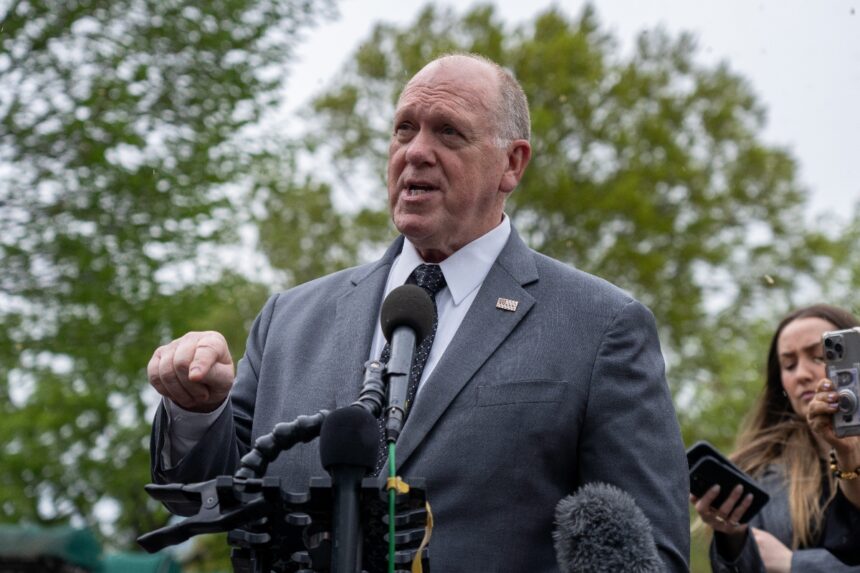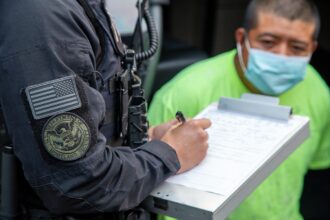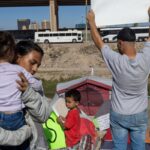This July 2025, the federal government’s Border Czar Tom Homan announced that sanctuary cities will become a “priority” for new ICE operations, following the recent shooting of a CBP agent in Manhattan. During a press conference, Homan assured: “we are going to flood the area… sanctuary cities are sanctuaries for criminals”.
This commitment comes after an agent was attacked while off duty, wounded by two assailants on a motorcycle. One of the assailants was arrested with gunshot wounds following the confrontation. Although authorities are evaluating the profile of the suspects, Homan argues that the sanctuary policy allows people with criminal records to go free, putting the community and officers at risk. Backed by a new budget that strengthens ICE with thousands of agents – up to 10,000 under the plan approved in Congress – Homan confirmed that reinforcements will be deployed in sanctuary cities such as New York, Los Angeles and Nashville, where local authorities have refused to cooperate fully with federal authorities.
Tension over limited collaboration with ICE
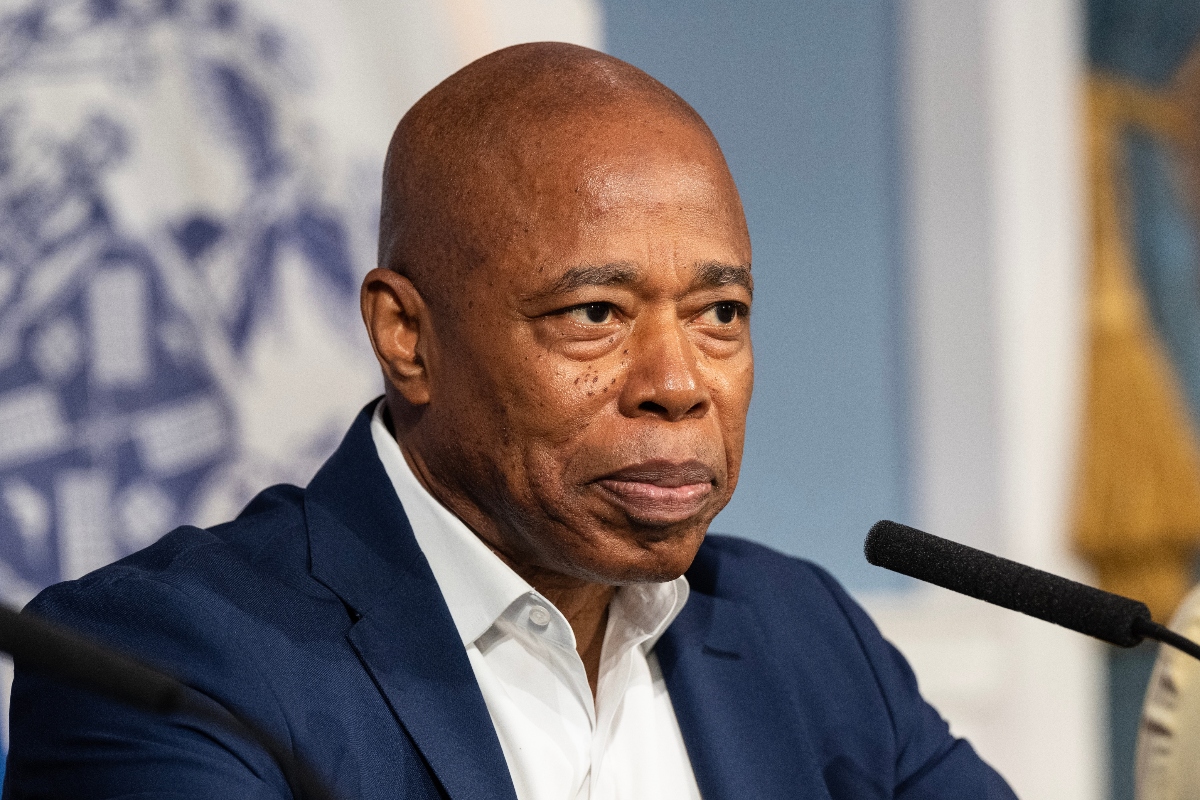
Sanctuary cities such as NYC have hired agents to collaborate with ICE in cases deemed a threat to public safety.
Mayor Eric Adams, while critical of some federal policies, has begun to accept coordination in human trafficking and gang cases.
However, a strong political debate persists: local legislators defend the strengthening of sanctuary cities to protect immigrants who pose no risk.
Critics of Homan’s approach warn that an intensification of raids could erode the Hispanic community’s trust in local police and generate more social tension.
In addition, they point out that the federal strategy could trigger legal disputes over abuse of authority and federalism.
Useful context for the Hispanic reader
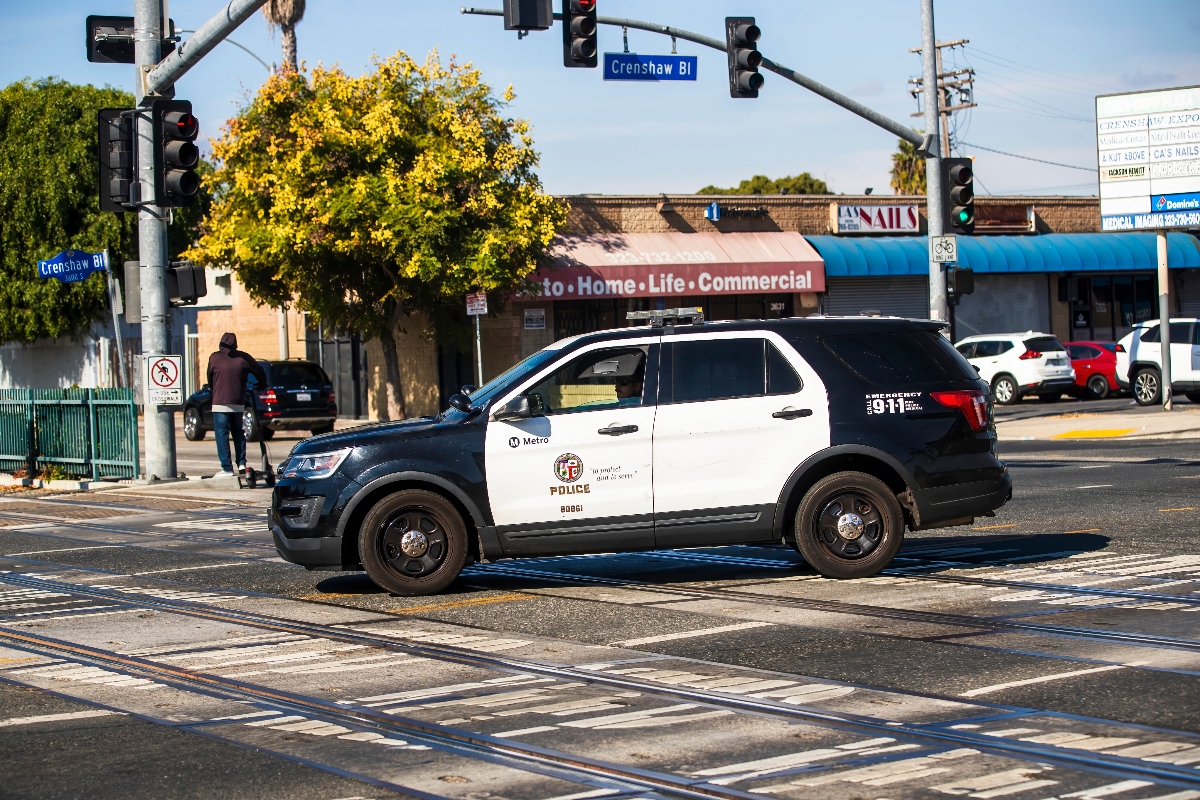
Sanctuary cities are sanctuaries for criminals
Tom Homan
1. Sanctuary cities limit cooperation with federal authorities to protect undocumented immigrants.
2. The federal government, under the direction of Tom Homan, strengthens ICE and plans massive deployments in these cities.
New federal budgets approve thousands of additional agents, which could directly impact Hispanic neighborhoods.
For more information, visit QuéOnnda.com.



